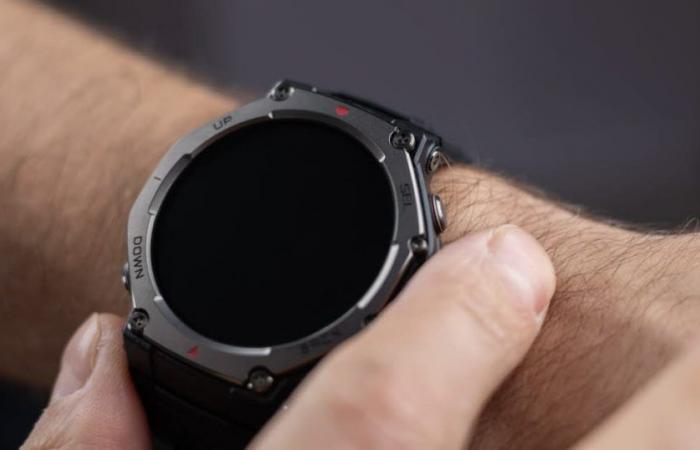Many offers have invaded online sales platforms and social networks, offering connected watches, rings or monitors capable, according to their manufacturer, to measure the level of blood sugar (blood sugar) by simple contact with the skin.
These devices, presented as a major technological innovation, promise diabetics a monitoring of their blood sugar without the constraint of traditional methods.
But according to health authorities, these allegations are false. “To date there is no system for monitoring blood sugar by simple contact with the skin whose reliability and security have been demonstrated in accordance with the regulations in force,” recall the National Agency for the Safety of Medicines (ANSM) and the General Directorate of Competition, Consumption and the Repression of Frauds (DGCCRF) in a press release published Monday, March 31.
A vital risk for diabetic patients
The danger is real for nearly 4 million French people with diabetes and in particular type 1 diabetics whose blood sugar can vary at any time of the day. This chronic disease, characterized by a deregulation of blood sugar levels, then requires rigorous and precise monitoring of blood sugar.
Non -approved devices can provide erroneous values, “which can lead to the delay in handling hypoglycemia (significant decrease in blood sugar) or hyperglycemia (significant increase in blood sugar) explain the two authorities. In the most severe cases, this situation can lead to hospitalizations, a coma, even the death ”.
Usurped logos
But the alert does not stop there. The press release also warns against the fraudulent use of logos of reference organizations such as ANSM, the French Federation of Diabetics, Inserm or the French -speaking Society of Diabetes. These usurpations aim to give an appearance of legitimacy to these dangerous products.
The authorities recall that only two types of devices today allow reliable control of blood sugar:
- traditional blood sugar readers requiring the sampling of a drop of blood;
- the sensors equipped with a flexible filament introduced under the patient’s skin;








